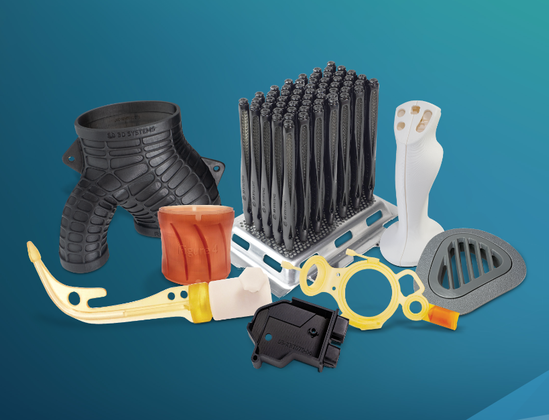Figure 4 Technology: What’s It All About?
19th Jan 2023
Figure 4 is an ultra-fast projection-based additive manufacturing (AM) technology designed to help users seamlessly transition from prototyping to production. Founded by 3D Systems’ co-founder Chuck Hull 30 years ago, it works to achieve non-contact membrane Digital Light Printing (DLP) for low and medium-volume parts. Available in different configurations that vary in footprint, capacity, and versatility, Figure 4 combines accuracy and amazing detail fidelity with fast print speeds. Together with its quick post-processing, Figure 4 is a workhorse solution for a variety of applications across industries, at any stage.
Since its invention nearly 150 years ago, injection molding has been a linchpin of the manufacturing world. The process has improved measurably over the years with the inventions of soluble forms of cellulose acetate, screw injection machines, the gas-assisted injection molding process, and the extensive range of material options. While traditional injection molding manufacturing allowed for the creation of simple objects like buttons and combs, Figure 4 has the ability to produce far more complex parts that are faster, more economical, and of a higher quality than we’ve ever seen before.
By having the ability to capture applications that injection moulding has struggled to achieve, practically every industry, including automotive, aerospace, healthcare, consumer products, construction, packaging and many more are benefitting hugely from Figure 4 technologies. In the past, tooling processes have discouraged anything less than mass production and have offered limited customization and design flexibility — the need to produce molds and other tooling equipment has presented limitations for the manufacturing sector as a whole. With Figure 4, tooling is taken right out of the equation so that CAD design can go straight to manufacturing.
The processing speed of Figure 4 technology also enables the use of reactive materials with short vat lives, leading to functional parts across a range of mechanical properties, such as those used in thermoplastic applications. Unlike other photopolymer 3D printing, Figure 4 is capable of manufacturing parts in hybrid materials (multi-mode polymerization) that offer toughness, durability, biocompatibility, high-temperature deflection, and even elastomeric properties.
Want to know more about the materials used with Figure 4? We’ve chosen some of our favourites we stock to share with you.
Figure 4 PRO-BLK 10
This material delivers on the promise of additive manufacturing with true direct digital production of plastic parts. Go from CAD to manufacturing line in one day with toolless, same-day part production.
With a fast print speed and simplified postprocessing that includes a single curing cycle and single solvent cleaning, this material delivers exceptional throughput.
It is a high precision resin producing parts with a smooth surface finish and sidewall quality, and has excellent mechanical properties and long-term environmental stability that brings a new level of assurance to 3D production.
Check out the full data sheet here! https://bit.ly/3uISOgn.
Figure 4 Rigid 140C Black
This material delivers on the promise of additive manufacturing with true functional durability in plastic parts. A two-part epoxy/acrylate hybrid material, Figure 4 Rigid 140C Black production-grade parts feature long-term mechanical stability in various environments.
To read more, check out the full datasheet here! https://bit.ly/3iNqSW0.
Figure 4 Rigid Gray
It's a production-grade gray material that delivers a surface finish comparable to injection molding and provides long-term environmental stability. The high-contrast gray colour is ideal for parts requiring high feature definition like texture and lettering.
This material is suitable for painting and plating and is recommended for prototyping and production for consumer products and general use on small parts requiring high detail and accuracy.
To learn more, checkout the full datasheet here! https://bit.ly/3HHdxJv
Figure 4 Rigid White
This material is a production-grade opaque white material that provides long-term environmental stability and long-lasting, clean white colour. It's recommended for use in medical, consumer goods, and industrial manufacturing applications, and other applications where a smooth surface finish, long-term indoor and outdoor stability, and biocompatible capability are needed.
For more information, check out the full datasheet here! https://bit.ly/3HwGdVw
Figure 4 Tough 60C White
A versatile, biocompatible-capable production-grade white material with good impact strength, elongation, and tensile strength. It provides long-term environmental stability and long-lasting white colour with an injection molded-like surface quality.
This material is recommended for high mechanical load-bearing batch production medical parts that remain functional and stable for years.
For more information, check out the full datasheet here! https://bit.ly/3hpGPRY

